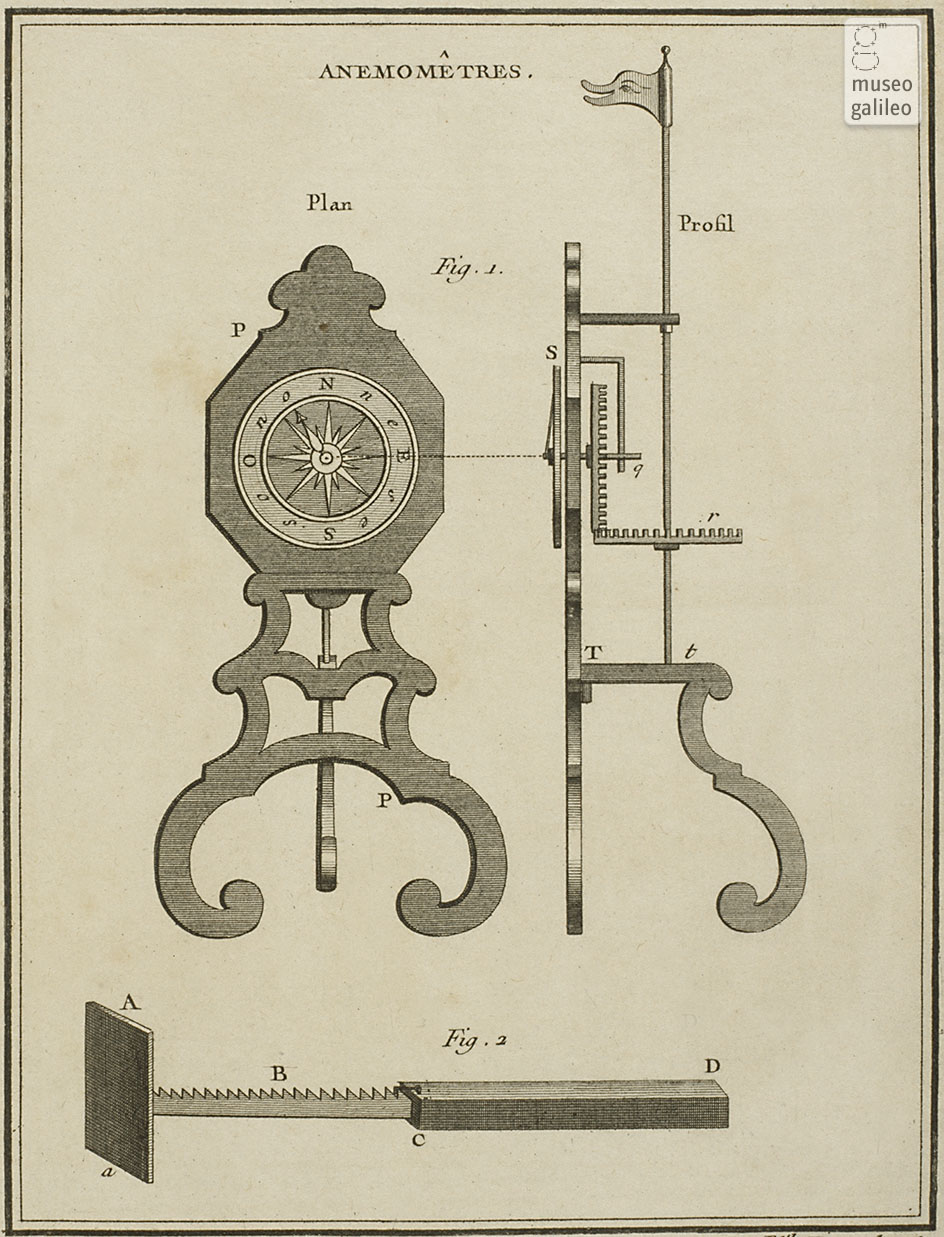
Valley wind gusts in New Hampshire were only in the 30-50 mph range. A relatively weak low-pressure system was migrating up the coast of New England. Washington weather station began operations.Ĭuriously, the storm responsible for the high winds that day on the summit of Mt. The gust occurred just 18 months after the Mt. Washington and tested in a wind tunnel at the Massachusetts Institute of Technology. The anemometer in use was unique: it had been specially constructed for use on Mt. The famed 231-mph gust was measured at 1:21 p.m.
#ANEMOMETER HISTORY VERIFICATION#
This long-standing and much-renowned world-record wind gust had been thoroughly investigated and widely accepted for decades until it was dethroned by the WMO verification of the Barrow Island gust. Jeff Masters mentions a similar event occurring during Hurricane Isabel in 2003 when a dropsonde deployed by a hurricane-hunting aircraft passed through what may have been a mesovortex in the hurricane’s eye wall at an altitude of 1400 meters. How could such a wind speed occur in what was nominally not an exceptionally strong storm? The hypothesis is that a tornado-scale mesovortex embedded in the eye wall of the cyclone passed directly over the anemometer on Barrow Island-an incredibly lucky (or unlucky) strike akin to an EF5 tornado passing directly over a similarly-hardened anemometer someplace in the United States. It consequently passed the tests and the wind gust measurement was determined to be valid by a WMO committee. The anemometer was later sent to Europe for testing and calibration. The anemometer that made the measurement was a heavy duty three-cup Synchrotac that was regularly inspected and maintained by the WNI Science and Engineering Company (now known as MetOcean Engineers). Here is a more in depth look at each one of these events. If we include the aforementioned 209-mph gust reported in California on February 9, my research finds that the top 10 highest wind gust speeds ever measured on Earth would be the following: The top ten wind gusts measured over land Keeping these limitations in mind (see the “Usual Caveats” section at bottom), just what are the highest wind gusts ever measured on Earth by a land-based anemometer? By definition, we will exclude Doppler-estimated wind speeds from tornadoes or dropsonde wind measurements from within tropical storms. This incident highlights how challenging it can be to confirm that an extremely high wind measurement is valid. However, a few hours later, the National Weather Service office in Sacramento posted a tweet questioning the validity of the measurement, noting: “the station seems to have multiple errors including 92 percent relative humidity during strong winds and the wind seemed to have been unusually strong the past few days at this station”. If validated, this would be the highest wind gust on record for the state of California and potentially the fourth highest gust measured by an anemometer at any site on Earth. Kirkwood in the California Sierra reported a wind gust of 209 mph. On February 9 this year, an anemometer at an elevation of 9186 feet on Mt. It remained the highest-ever anemometer-measured wind gust on Earth until an even higher gust was observed on Barrow Island, Australia, in 1996.

It was here that a wind gust of 231 mph was measured on April 12, 1934. Above: The Mount Washington Observatory on an icy winter day.


 0 kommentar(er)
0 kommentar(er)
